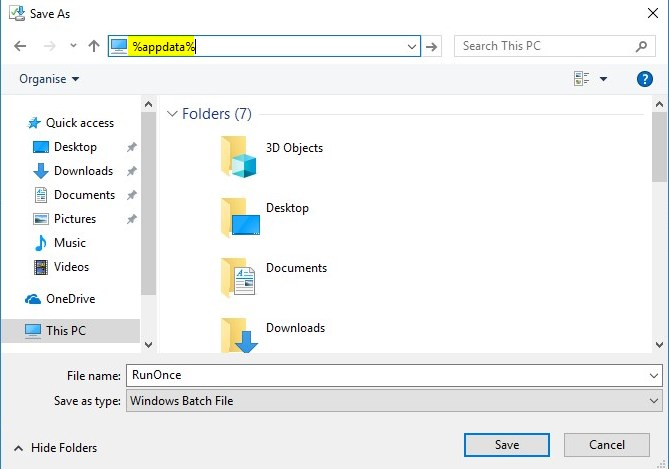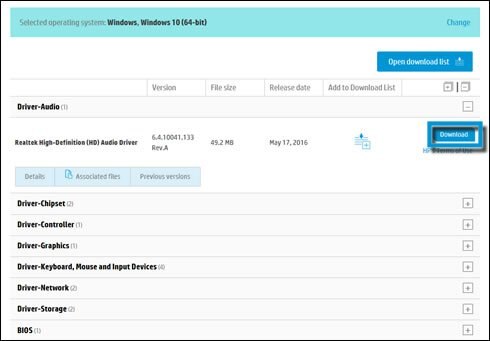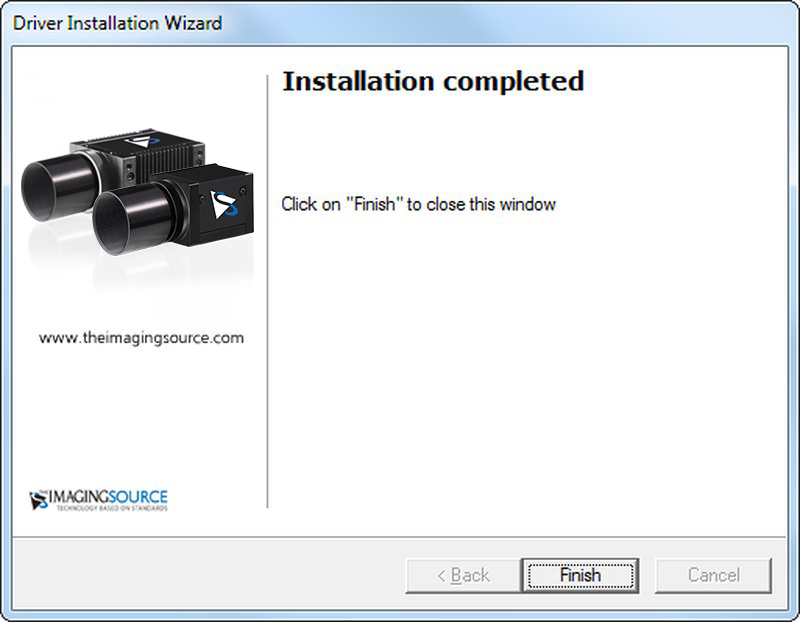We're all familiar with Netflix's iconic 'ta-dum' intro sound, which has been around since 2015 — many of us hear it multiple times a day. But where did it come from? The podcast Twenty Thousand Hertz and host Dallas Taylor decided to find out, and reveal the fascinating story behind this ubiquitous sonic logo.
- The Imaging Source Europe Sound Cards & Media Devices Driver Downloads
- The Imaging Source Europe Sound Cards & Media Devices Driver Download Windows 7
- The Imaging Source Europe Sound Cards & Media Devices Driver Download 64-bit
In an episode dedicated solely to this sound, Netflix VP of Product Todd Yellin starts out by revealing that it's actually called 'ta-dum' internally. Yellin is a former filmmaker with an affinity for sound design, and he led the process of creating the ta-dum: Something immediately sonically tied to the experience of watching Netflix.
- Check out the latest innovations, partnerships and videos from DTS including the award winning DTS:X immersive audio, next-gen infotainment and AI-powered in cabin safety experiences in our connected car technology, and all of the creator and tournament activations within gaming!
- Valentine's Day Gifts. Best Sellers Shop Now.
Shop online at creative.com for wireless speakers, Bluetooth headphones, Sound Blaster sound cards, gaming headsets. Free shipping on orders over $35. Yellin enlisted Academy Award-winning sound designer Lon Bender for the project, giving him descriptors that conceptualize this sound: Tension, release, quirky, and more. Bender came up with 20-30.
Designing the sound presented challenges, especially in that it had to be very short. Yellin didn’t want anything that sounded too much like software or games. In 2020, no one argues that Netflix is more synonymous with entertainment than technology, but the introductory sound had to say that too. He wanted the sound to tell a story — in three seconds and less.
Yellin enlisted Academy Award-winning sound designer Lon Bender for the project, giving him descriptors that conceptualize this sound: Tension, release, quirky, and more. Bender came up with 20-30 sound effects in different styles. For a long time, the frontrunner was close to the current ta-dum, but also included a goat noise. Yellin recalls liking something that bubbled like the ocean. But he didn’t care what it sounded like as much as how it made people feel. A focus group associated the early ta-dum with 'dramatic' 'interesting' 'beginning,' and even “movie” without anyone knowing its purpose.
In the end, Yellin's 10-year-old daughter made the decision when he was torn between his top five contenders. The finished logo was touched up, adding a 'blossom' sound effect to the end — that's the little swell you hear right before it cuts away, and that's guitar from Formosa Group's Charlie Campagna. All in all, it took a year to create the ta-dum we all now know and love.
At the end of the episode, Yellin notes that he's just thankful they didn't use the goat.
To browse this site correctly, enable JavaScript.Desktop applications that enhance the quality and efficiency of production work such as remote shooting and RAW development.
Desktop applications that enhance the quality and efficiency of production work such as remote shooting and RAW development.
Imaging Edge Desktop allows you to log into your account, browse or develop RAW images, and perform remote shooting.
Remote
Remote (tether) shooting function using live view.
Remote shooting with Wi-Fi/USB connection
In addition to wired connection with USB, remote (tether) shooting* with Wi-Fi wireless connection is also supported.
* For supported cameras, please see here.
Composition adjustment (grid, guide, live view)
You can fine-tune your composition using a grid, guide, and overlay display.
Focus adjustment (area specification focus, magnified display)
You can perform precise focus adjustment efficiently by using area specification focus, magnification display and fine-tuning with manual focus.

Viewer
You can browse or rate RAW images and apply batch edits made with Edit.
Enabling efficient image selection by linking with the 'Remote' and 'Edit' functions.
- 1. The result of shooting image can be quickly displayed by working together with 'Remote'. It also enables you to check the shooting image by using grid and guides.
- 2. A list of image data such as RAW and JPEG is displayed. Using 'Viewer', you can select images to be used for 'Edit' to develop RAW images.
- 3. You can output rating information in compliance with XMP (Adobe compatible).
You can browse and check shooting images in three display formats.
Thumbnail display
Preview display
Comparison display

Edit

Supports high-quality RAW development work in conjunction with your camera.
The Imaging Source Europe Sound Cards & Media Devices Driver Downloads
High-quality RAW development adjustment function
- 1. You can adjust the image quality such as brightness, hue and white balance.
- 2. You can adjust the image quality of ARQ-format images generated by Pixel Shift Multi Shooting and develop them into TIFF, JPEG, or other formats.
In 'Pixel Shift Multi Shooting' the camera shoots four RAW images while shifting the image sensor. You can generate images with a higher resolution than is possible with regular shooting by combining the four RAW images on a PC. This is helpful when shooting still subjects, such as works of art and buildings.
In addition, when combined with ILCE-7RM4, the camera can shoot 16 RAW images to achieve ultrahigh-resolution shooting with information equivalent to 963.2 million pixels (approx. 60.2 million pixels x 16).
Remote
Remote Shooting using a PC/Mac
Remote : Remote Shooting using a PC/Mac
After connecting the camera and your PC/Mac via USB, you can use Remote to perform Remote Shooting. You can check the composition, focus, and exposure on your PC/Mac screen before you shoot.
Viewer
Combining and browsing the shot images
Viewer : Combining and browsing the shot images
When you are done shooting, the uncombined RAW images (ARW format) are transferred to your PC/Mac. Combined RAW data (ARQ format) is automatically generated on your PC/Mac, and you can browse it using Viewer.
With Viewer, you can also combine and browse images shot with Pixel Shift Multi Shooting using only the camera and not PC/Mac.Edit
Adjusting the image quality and Output
Edit : Adjusting the image quality and Output
The combined image can be developed into the JPEG or TIFF format by adjusting the image quality using Edit.

You can create time-lapse movie using still images (RAW/JPEG) captured during interval shooting.
Convenient functions for video production such as batch adjustment of RAW still images and 4K video output are available.
Copyright 2021 Sony Imaging Products & Solutions Inc.
The Imaging Source Europe Sound Cards & Media Devices Driver Download Windows 7
The Imaging Source Europe Sound Cards & Media Devices Driver Download 64-bit
